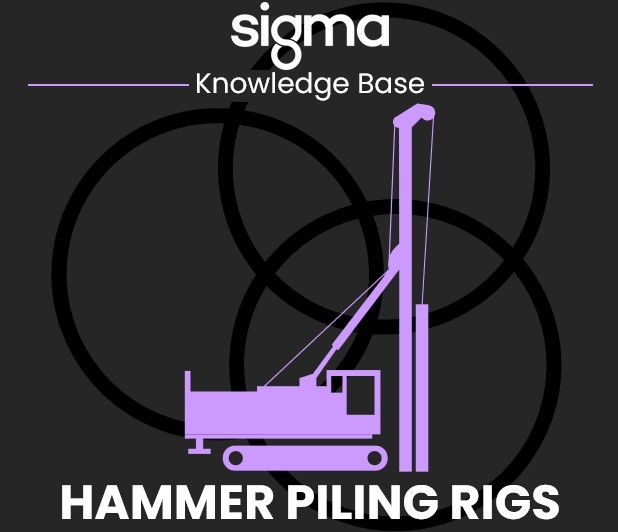
Introduction
In the dynamic realm of construction, where precision and power are paramount, the role of hammer piling rigs emerges as a game-changer. These robust machines bring unparalleled efficiency and reliability to the process of driving piles into the ground, forming the backbone of strong and resilient foundations for diverse structures. In this blog, we'll explore the fascinating world of hammer piling rigs, delving into their features, applications, and the transformative impact they have on construction projects.
Understanding Hammer Piling Rigs:
A hammer piling rig is a specialized piece of heavy machinery designed to drive piles deep into the ground with precision and power. These rigs typically consist of a powerful hydraulic hammer or vibratory pile driver mounted on a mobile platform, providing the necessary force to penetrate various soil types and create a stable foundation. Hammer piling rigs are versatile tools that play a crucial role in ensuring the structural integrity of buildings, bridges, and other infrastructure projects.
Key Features of Hammer Piling Rigs:
- Hydraulic Hammers: The heart of a hammer piling rig lies in its hydraulic hammer, which delivers controlled and powerful blows to drive piles into the ground. Advanced hydraulic systems allow for precise adjustment of impact force, making it possible to adapt to different soil conditions and project requirements.
- Mobility and Maneuverability: Hammer piling rigs are designed for mobility, allowing construction teams to transport them easily to various job sites. Their maneuverability is crucial, especially in urban environments where space constraints may pose challenges.
- Versatility in Pile Types: These rigs can accommodate a variety of pile types, including steel, concrete, and wood. This versatility enables construction teams to choose the most suitable pile material based on the specific needs of the project.
- Real-time Monitoring Systems: Modern hammer piling rigs are equipped with advanced monitoring systems that provide real-time data on pile installation. This ensures that construction teams can make informed decisions, optimize the piling process, and address any issues promptly.
Applications of Hammer Piling Rigs:
- High-Rise Construction: Hammer piling rigs are indispensable in the construction of tall buildings, where the need for a stable foundation is critical. The rigs drive piles deep into the ground, ensuring that the structure can withstand the weight and environmental forces associated with towering heights.
- Bridge Foundations: When it comes to bridge construction, hammer piling rigs are instrumental in creating solid foundations for bridge piers and abutments. The rigs' adaptability allows them to tackle varying soil conditions often encountered in bridge projects.
- Industrial and Offshore Structures: In industrial settings and offshore environments, such as oil and gas platforms, hammer piling rigs are deployed to anchor structures securely to the ground or seabed. Their reliability and efficiency make them well-suited for these challenging applications.
Conclusion:
As the construction industry evolves, the demand for robust and efficient foundation solutions continues to rise. Hammer piling rigs exemplify the technological advancements that empower construction teams to build structures that stand the test of time. With their mobility, versatility, and powerful capabilities, these rigs are not just machines; they are the driving force behind the solid foundations upon which our built environment rests.
Contact us with any enquiries!
T: +44 (0) 1642 206100
E: sales@sigmaplantfinder.com
Disclaimer: This blog post contains content generated by an artificial intelligence (AI) model. While we have made efforts to ensure the accuracy and quality of the information provided, it is important to note that AI-generated content may not always be error-free or fully aligned with current standards, regulations, or the latest research. We recommend using this information as a starting point for your research and analysis, but we strongly encourage you to verify the facts, consult experts, and cross-reference the content with trusted sources before making any decisions or drawing conclusions based on the information presented in this blog post. The views and opinions expressed in this content are not necessarily those of the blog's author or publisher, and we cannot be held responsible for any consequences that may arise from its use.
